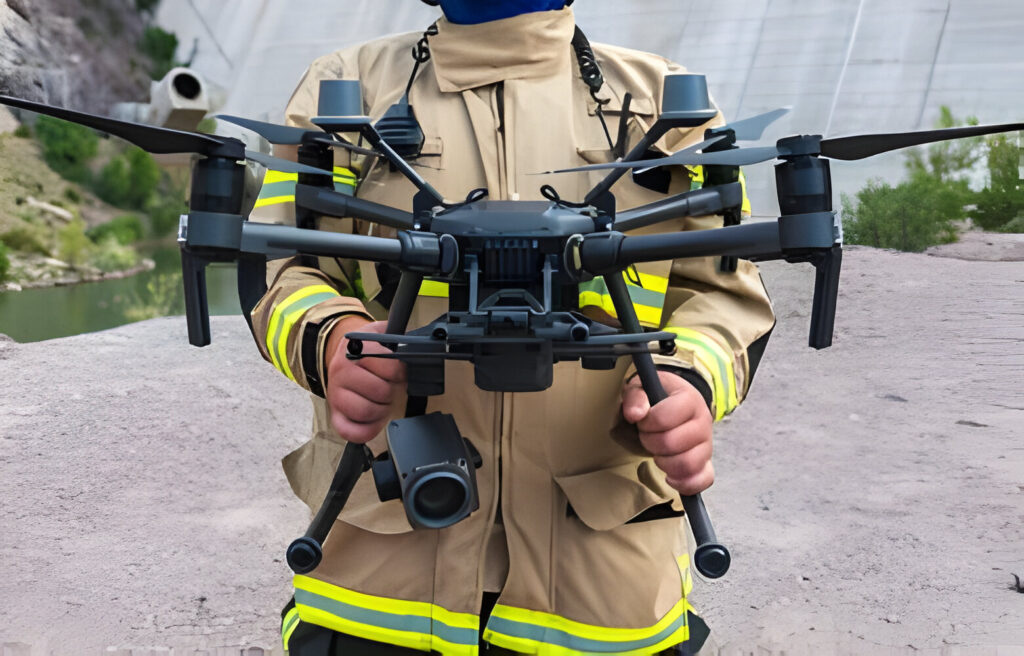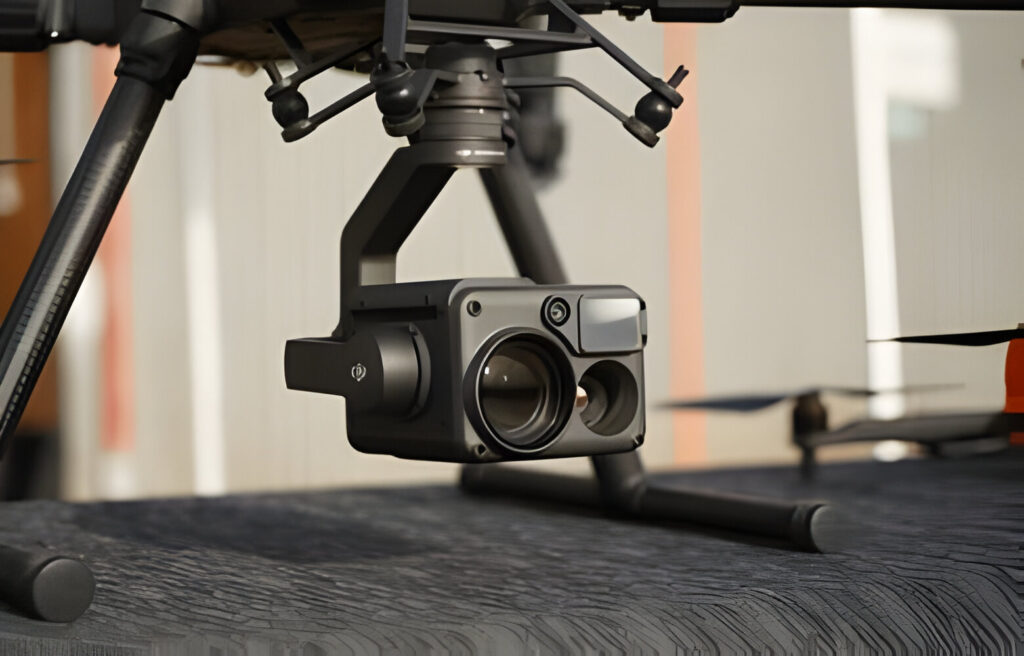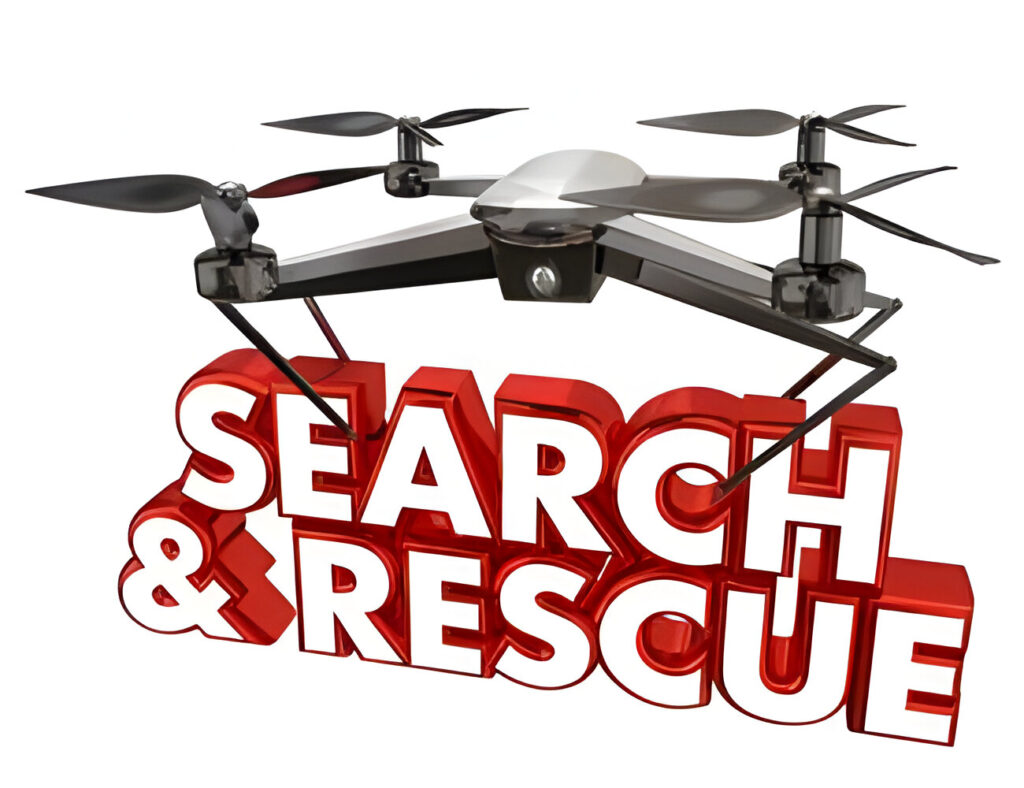In recent years, drones have revolutionized search and rescue operations, offering unparalleled capabilities in locating missing persons, assessing disaster areas, and delivering aid. This comprehensive guide explores the world of best drone for search and rescue drones, delving into their features, benefits, and the factors to consider when selecting the perfect model for your needs.
2. Understanding the Need for Search and Rescue Drones Search and rescue operations often occur in challenging environments where traditional methods may fall short. Drones provide a versatile solution that can easily access remote or hazardous ease. Their aerial perspective offers invaluable insights, significantly enhancing the efficiency and effectiveness of rescue missions.

3. The Role of Technology in Search and Rescue Advancements in drone technology has transformed the capabilities of search and rescue operations. From high-resolution cameras to thermal imaging sensors, drones are equipped with sophisticated tools to detect heat signatures, identify survivors, and navigate rugged terrain precisely.
4. Key Features to Look for in a best drone for Search and Rescue Drone:
Several features are essential When choosing the best drone for search and rescue missions. These include endurance, payload capacity, range, and the ability to withstand harsh weather conditions. Additionally, drones with obstacle avoidance systems and GPS tracking capabilities offer added functionality and reliability in challenging environments.
5. Top Considerations for Selecting the Right Drone Selecting the ideal best drone for search and rescue requires careful consideration of various factors, including budget, mission requirements, and regulatory compliance. It’s essential to assess your operation’s specific needs and choose a drone that aligns with your goals while prioritizing safety and effectiveness.
6. Comparison of Leading Search and Rescue Drones To aid in your decision-making process, let’s compare some of the leading search and rescue drones available today. From the DJI Matrice series to the Parrot ANAFI USA, each drone offers unique features and capabilities designed to meet the demands of search and rescue operations.
7. DJI Matrice Series: Setting the Standard for Search and Rescue Drones The DJI Matrice series has long been recognized as a benchmark in the world of drones, and for good reason. With models like the Matrice 300 RTK, this series offers unparalleled endurance, payload capacity, and stability, making it an ideal choice for demanding search and rescue missions.

8. Parrot ANAFI USA: Compact Yet Powerful The Parrot ANAFI USA is another standout option for search and rescue operations. Despite its compact size, this drone packs a punch with features such as 32x zoom, thermal imaging, and IP53 weather resistance, allowing it to excel in various challenging environments.
9. Autel Robotics EVO II: Versatility and Performance Autel Robotics EVO II stands out for its versatility and performance. It boasts a 40-minute flight time, 8K camera resolution, and omnidirectional obstacle avoidance. Whether conducting aerial reconnaissance or delivering supplies to remote locations, this drone provides exceptional results.
10. Regulations and Compliance in Search and Rescue Operations Before deploying a drone for search and rescue missions, it’s crucial to understand and adhere to relevant regulations and guidelines. From airspace restrictions to licensing requirements, compliance ensures drones’ safe and legal operation in emergencies.
11. Training and Certification for Search and Rescue Drone Pilots Effective operation of search and rescue drones requires skilled pilots who understand the equipment’s capabilities and the intricacies of emergency response protocols.
12. Real-Life Applications of Search and Rescue Drones The versatility of search and rescue drones extends to a wide range of real-life applications, from locating missing persons in wilderness areas to assessing damage in disaster zones. These drones have proven invaluable in saving lives and minimizing risks for rescuers and survivors.
13. Best Practices for Maximizing the Effectiveness of Search and Rescue Drones To maximize the effectiveness of search and rescue drones, organizations should implement best practices that optimize mission planning, drone deployment, and data analysis. By leveraging the full potential of these technologies, responders can improve response times and outcomes in emergencies.
14. Overcoming Challenges in Search and Rescue Operations Despite their numerous benefits, search and rescue drones also present challenges, including limited battery life, signal interference, and regulatory restrictions. Addressing these challenges requires innovation, collaboration, and ongoing adaptation to ensure the continued effectiveness of drone-assisted rescue efforts.
15. Addressing Ethical and Privacy Concerns As with any emerging technology, search and rescue drones raise ethical and privacy concerns that must be addressed thoughtfully. Balancing the need for public safety with respect for individual rights requires clear policies, transparency, and community engagement to foster trust and accountability.
16. Conclusion In conclusion, the best drone for search and rescue is not just a tool but a lifeline for those in need. By harnessing the power of drone technology and embracing best practices, search and rescue organizations can enhance their capabilities and save more lives in emergencies.
FAQs
How do search-and-rescue drones differ from recreational drones? Search-and-rescue drones are specifically designed and equipped to perform aerial surveillance, thermal imaging, and payload delivery. In contrast, recreational drones are typically used for hobbyist purposes such as photography and videography.
What is a search and rescue drone’s maximum range? The maximum range varies depending on factors such as battery life, signal strength, and regulatory restrictions. Some models can travel several kilometres from the operator’s location.
Can search and rescue drones operate in adverse weather conditions? Many search and rescue drones are designed to withstand adverse weather conditions, including rain, wind, and low temperatures. However, it’s essential to check each drone’s specifications and exercise caution when operating in challenging environments.
Are search and rescue drones equipped with collision avoidance technology? Yes, most modern search and rescue drones are equipped with collision avoidance technology, such as obstacle detection sensors and GPS tracking, to help prevent mid-air collisions and navigate safely through obstacles.
What training is required to operate a search and rescue drone? Operating a search and rescue drone requires specialized training and certification to ensure proficiency in piloting, emergency response procedures, and regulation compliance. Training programs typically cover flight operations, maintenance, and safety protocols.


